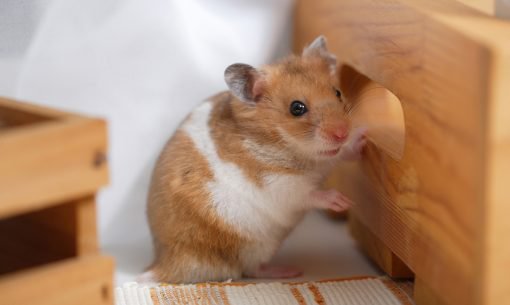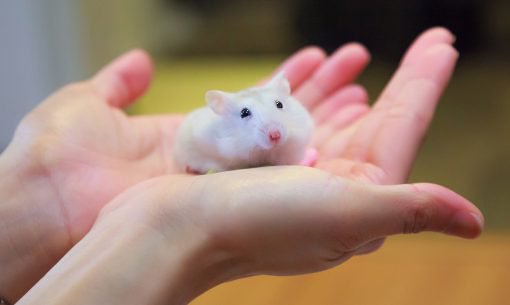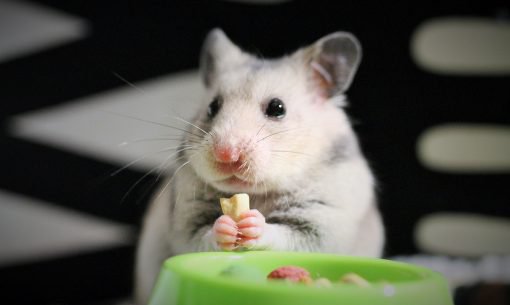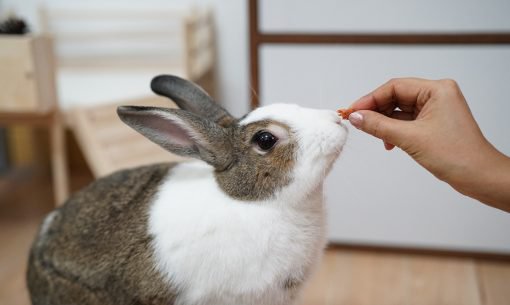Can hamsters live together?
Hamsters of any breed make fantastic pets, whether you have a Syrian or a Dwarf hamster breed. They are great pets for all ages and are a whole lot of fun. They can help teach children responsibility and are also ideal for those who live in flats or apartments where space may be more restricted.
However, two important questions remain: can hamsters live together, and which hamsters are more likely to fight?
Which hamsters can live together?
It may come as a surprise to learn that hamsters are not particularly sociable. While some pairings may get on well when housed together, there is little evidence that hamsters actually benefit from the company of their own kind. In fact, for many of our hamster friends, a bond with their human owner is just as good, or maybe even better than a bond with another hamster.
That being said, are there any hamster breeds that can live together? Syrian hamsters must always be kept alone as they are solitary animals. Dwarf breeds tend to be slightly more social and can sometimes live together. However, in the confines of a cage environment conflict and aggression can be a problem. The key is to ensure that if your dwarf hammie lives with a friend, they both have access to adequate space and resources including food and water plus somewhere to seek refuge – think wooden hamster houses, hide boxes or igloos.
Which hamster pairings are best?
Did you know that hamsters can reach sexual maturity as young as four weeks old? To avoid unwanted litters, stick to same-sex pairings. Ideally, pairings and groups should come from the same litter as they are more likely to get on. Squabbles and fights can be common – particularly in males – so careful monitoring is needed in case they have to be separated.
Hamsters are territorial over their food, so if you do choose to pair hamsters, ensure there are two feeding zones in the cage.
Handy Hamster Hint: Hamsters can have up to 8 pups at a time, to avoid unwanted litters stick to same-sex pairings.
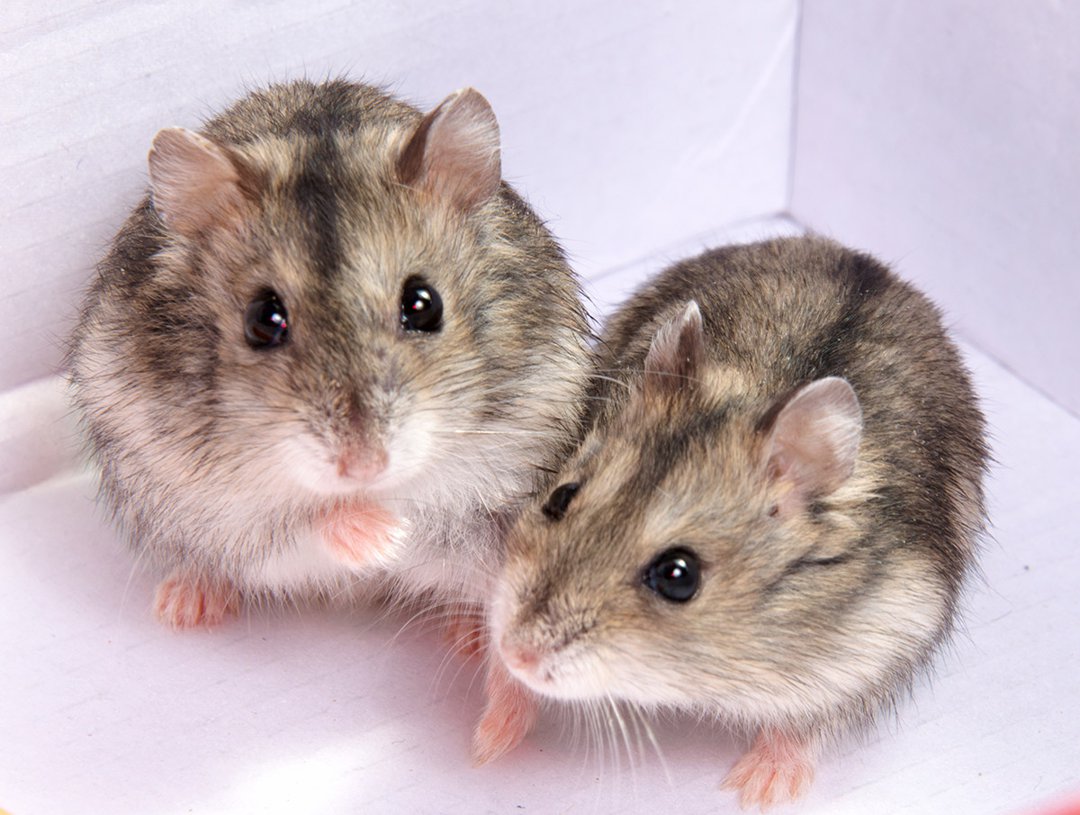
How do you tell a male and female hamster apart?
Reputable pet shops and other retailers should be able to sex hamsters for you before purchase; however, you may need to check the sex yourself if you are planning on keeping hamsters in pairs or groups.
Only female hamsters have nipples, but the most reliable way to check is by carefully inspecting the bottom end while the hamster is very gently turned on their back. The space between the anus and genital openings (the anogenital distance) is generally twice as long in males – there is often hardly any distance at all between these areas in females, with the anus and genitals appearing almost side-by-side.
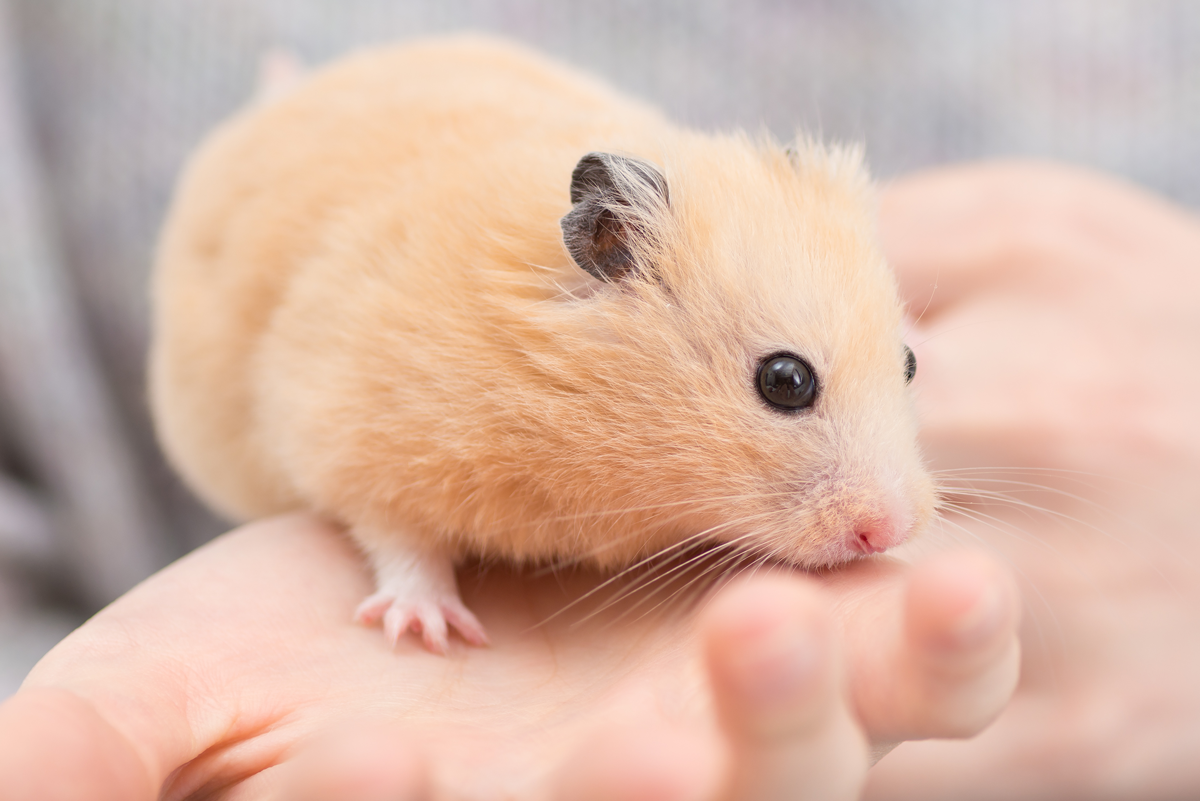
What are the different hamster breeds?
There are five hamster breeds in the UK that are commonly kept as pets. Each breed can have different needs and requirements.
Syrian Hamster
This is the animal that most people associate with the word ‘hamster’, and the breed was originally known as the ‘Golden’ hamster. They are the larger and chunkier of breeds, usually measuring about 4-6 inches in length and they come in 40 different colour variations. This breed of hamster is solitary by nature, so the golden rule for the golden hamster is that you should keep only one Syrian hamster per cage. Naturally these hamsters only meet to mate. Syrians are great pets for all ages, due to their size as they are easy to handle and unlike some of the dwarf hamster breeds, Syrians remain tame even after periods of not being handled, although daily handling of your hamster is highly recommended. Syrians are very friendly creatures and love to interact and explore!
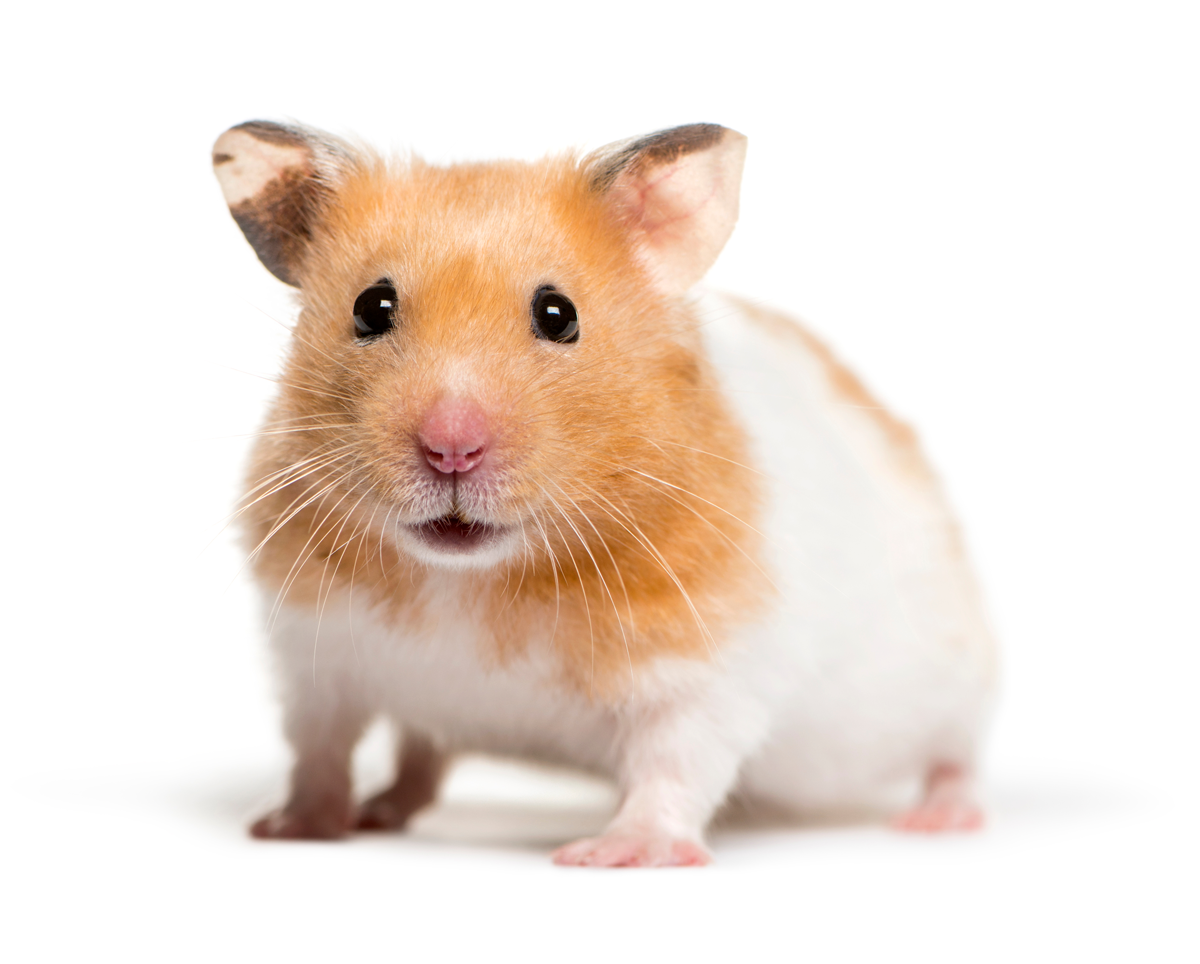
Campbell’s Russian Dwarf Hamster
These hamsters are often known as ‘dwarf’ or ‘Russian’ hamsters and grow to 8cm in length. In theory, they can live together – either two of the same sex as a pair and sometimes in same-sex groups – but in reality, they are likely to be just as happy on their own. Same sex pairs can fall out though and fights can result in serious injury, so it is important to keep an eye out for signs of bullying and have the possibility of separating them if needs be. Their coats come in a wide range of colours and can also be Satin coated. Unlike Syrians, Russian dwarfs have furry feet and tails.
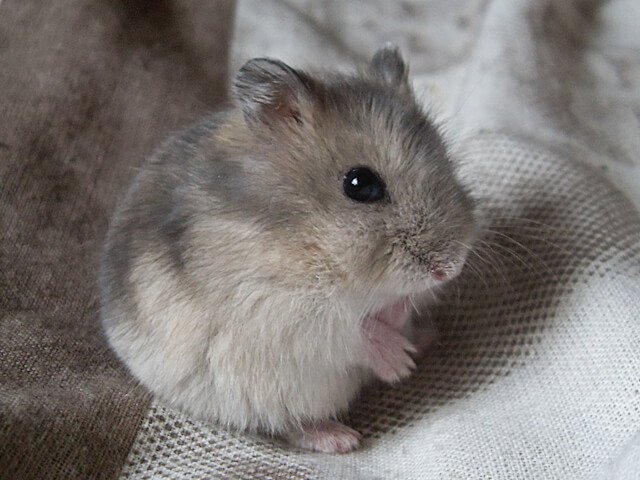
Winter White Russian Dwarf Hamster
These little critters are often confused with the Campbell’s hamster as they are also known as the ‘dwarf’ or ‘Russian’. These hamsters have a distinctive Roman nose and are oval shaped which easily sets them apart from other species. Environmental conditions and breeding patterns are very similar to those of the Campbell’s hamsters, however coat colours are more limited.
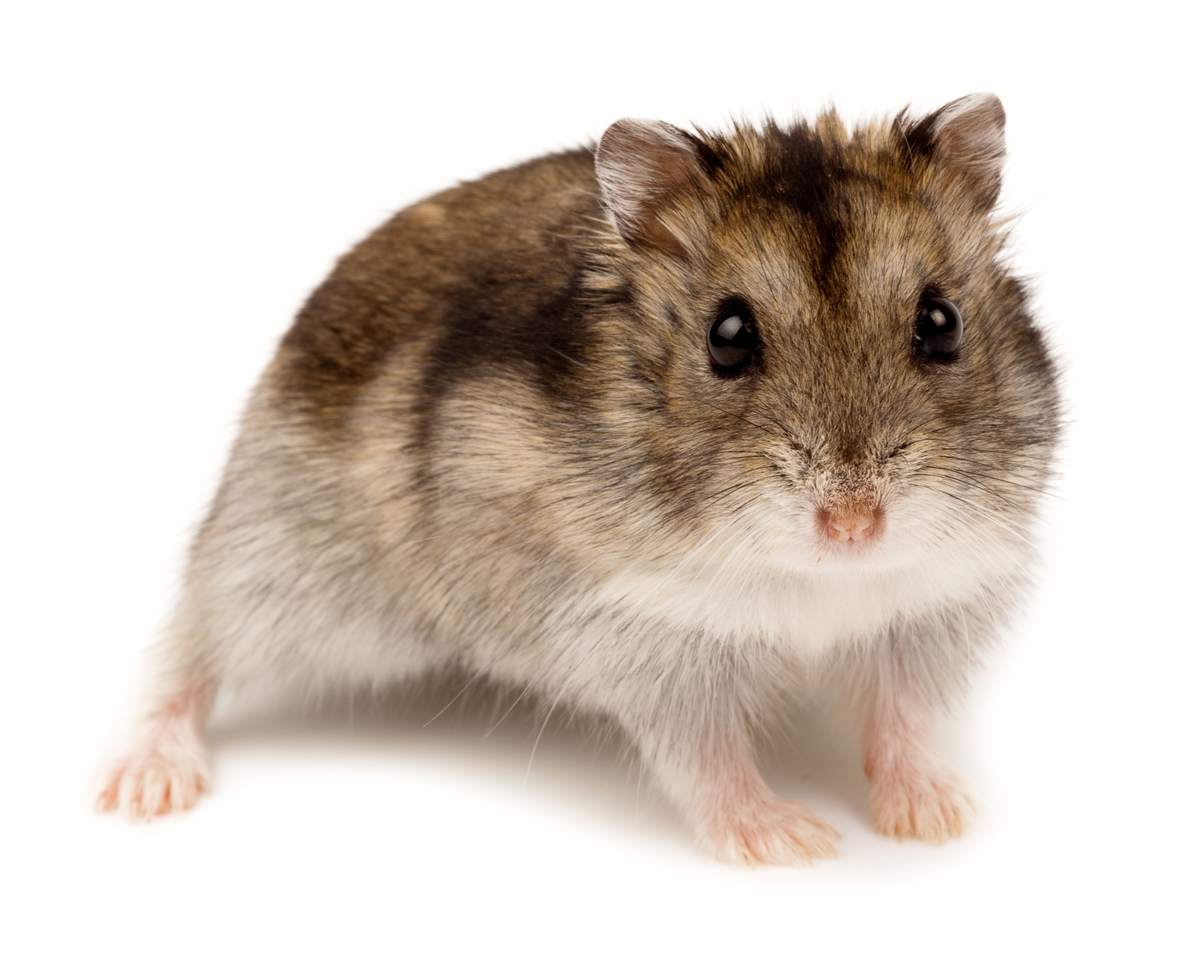
Chinese Hamster
Like the two Russian Dwarf breeds, Chinese hamsters are more social than Syrians but often happier (and safer) alone. Growing to 9cm they are slightly longer and thinner than the two Russian hamsters. As well as their longer bodies they also have longer tails than other hamster breeds which are also prehensile. This allows the hamster to cling to objects! Their coats come in two or three colour variations.
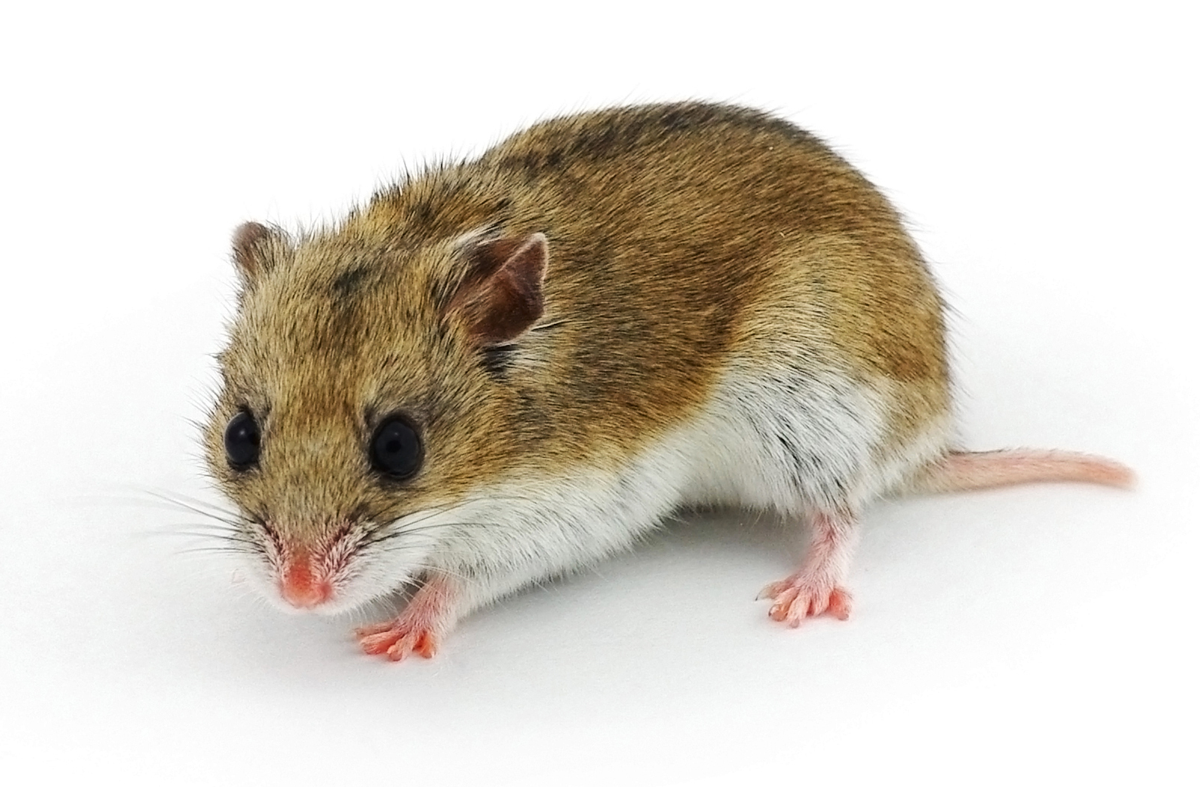
Roborovski’s Hamster
Also known as the ‘Robo’, the Roborovski’s hamster is the smallest member of the hamster family. As a fully mature adult, they rarely exceed 7cm in length from the tip of the nose to their almost non-existent tail! Their care and maintenance is much the same as Russian hamsters. This breed of hamster very rarely bites but can be difficult to handle due their extremely active temperaments. These tiny pets only have 1 coat colour variation.
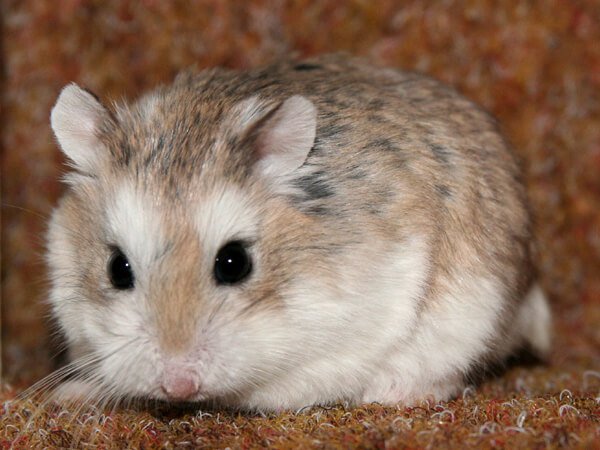
Hamster Pairings
Introducing hamsters when they are young increases the chance of a successful pairing. You should also create a safe space for the hamsters to meet. To do this you can pop a smaller cage inside the larger cage and put a hamster in each. This enables them to get used to the smells and touch noses. Swap the hamsters periodically for at least four days. Once you feel confident of the bond, introduce both hamsters into the larger cage. If you don’t have two cages make sure the cage is cleaned and a new territory for both hamsters.
- Young pup + older hamster = with great caution, making sure the hamsters are a Dwarf breed.
- Male + Male = with great caution, making sure the hamsters are a Dwarf breed.
- Male + Female = Pair with care and only if you’re looking to breed.
- Syrian + Dwarf = No, different breeds should never be housed together.
However, the verdict is hamsters, even dwarf breeds don’t need the company of their own kind. In fact, it may even be detrimental to their wellbeing and put them at risk of serious injury. So, with no particular benefits to having a hamster friend and significant risks, it’s usually best to house hamsters separately. Where hamsters are kept in pairs or groups, this is best reserved for experienced owners.
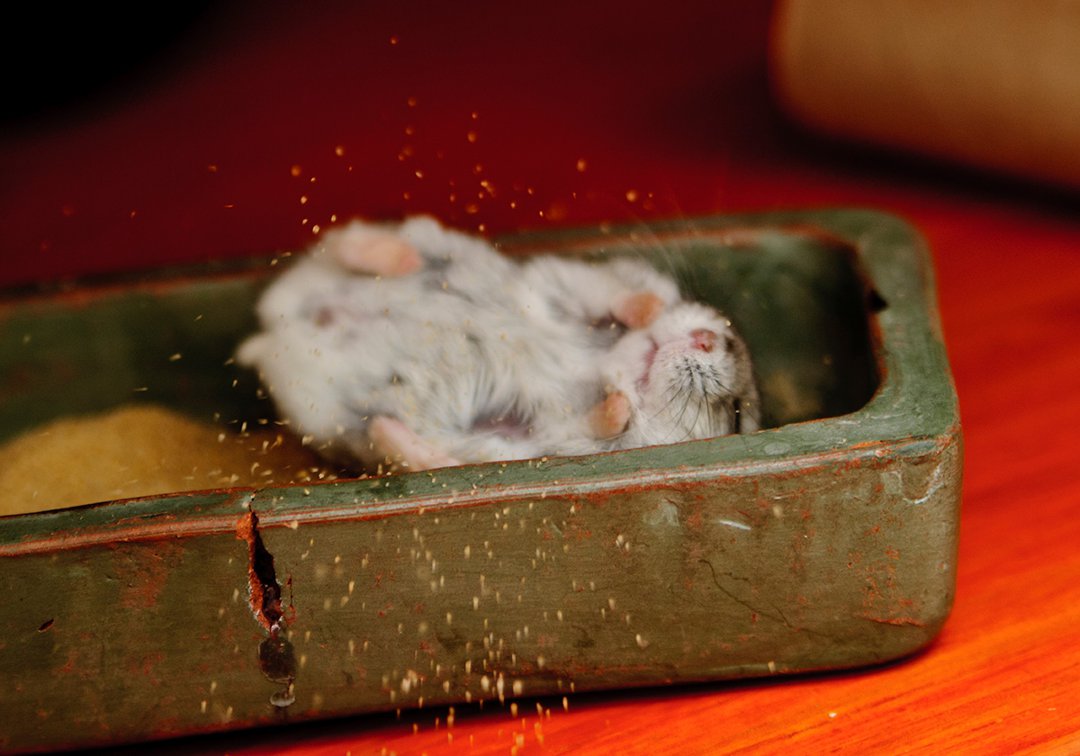
What about an existing hamster pair?
If you already have a pair of hamster friends who seem to live happily alongside each other, here are our top tips to make sure it stays that way:
- Provide plenty of space so they can have time away from each other if they choose to.
- Create a ‘hamsterscape’ where your hamsters can keep busy, following their natural digging and exploring behaviours.
- Make sure there are plenty of hides
- Provide adequate resources: add two lots of hamster food and create two feeding and drinking areas in the cage in case either hamster becomes territorial
- Make sure there are enough toys for both the hamsters to enjoy
- Keep a close eye on their behaviour. Remember that hamsters are territorial, solitary animals, and although Dwarf hamsters have a temperament which sometimes allows them to be paired it’s crucial to keep watch and separate them if necessary.
One thing is for sure – owning hamsters can be an absolute delight. Their friendly faces and playful natures make them enchanting furry companions. With prior considerations into breed and whether a pairing is suitable, you can make sure your home will be a harmonious one for both human and hamster!
Keen for more hamster-care advice and tips? Check out our expert blogs here.

